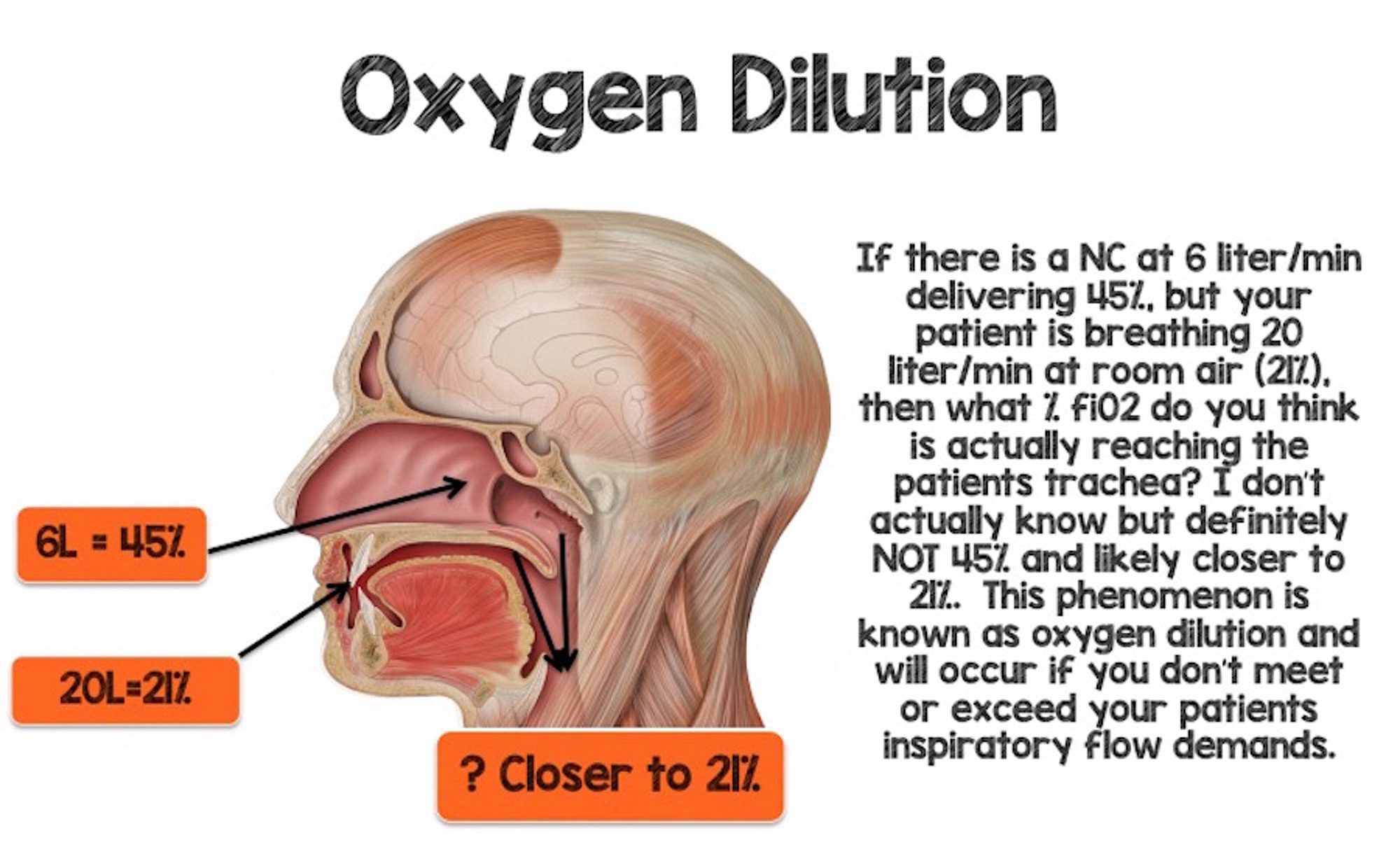
Further examining these younger and lighter patients, the greatest reduction in PRP was in the lightest patients (less than 5 kg). 38), with all significant changes being in patients less than 8 kg ( P less than. When stratifying the subjects by weight, this effect was not statistically significant for patients heavier than 8 kg ( P =. 001) and a slightly smaller but similar reduction in PRP at 1.5 L/kg per minute.


Following the trials, patients remained on HFNC as per usual care with twice-daily PRP measurements until weaned off HFNC.Ī dose-dependent relationship existed between flow and change in PRP, with the greatest reduction in PRP at 2 L/kg per minute flow ( P less than. Each patient received HFNC delivered by both systems in sequence with flow rates of 0.5, 1, 1.5, and 2 L/kg per minute to a maximum of 30 L/min. Thirteen patients had bronchiolitis, three had pneumonia, and five had other respiratory illnesses. Prior data suggested a sample size of 20 would be sufficient to identify a clinically significant effect size. Fifty-four patients met inclusion criteria and 21 were enrolled and completed the study. SynopsisĪ single center recruited patients aged 37 weeks corrected gestational age to 3 years who were admitted to the ICU with respiratory distress. SettingĢ4-bed pediatric intensive care unit in a 347-bed urban free-standing children’s hospital. Single-center prospective observational trial. The authors chose systems from Fisher & Paykel and Vapotherm for their testing. 1 An increasing PRP indicates increasing effort of breathing. Placing a manometer in the esophagus allows measurement of the pressure-rate product (PRP), a previously validated measure of effort of breathing computed by multiplying the difference between maximum and minimum esophageal pressures by the respiratory rate. Reliably measuring effort of breathing has proved challenging.


 0 kommentar(er)
0 kommentar(er)
